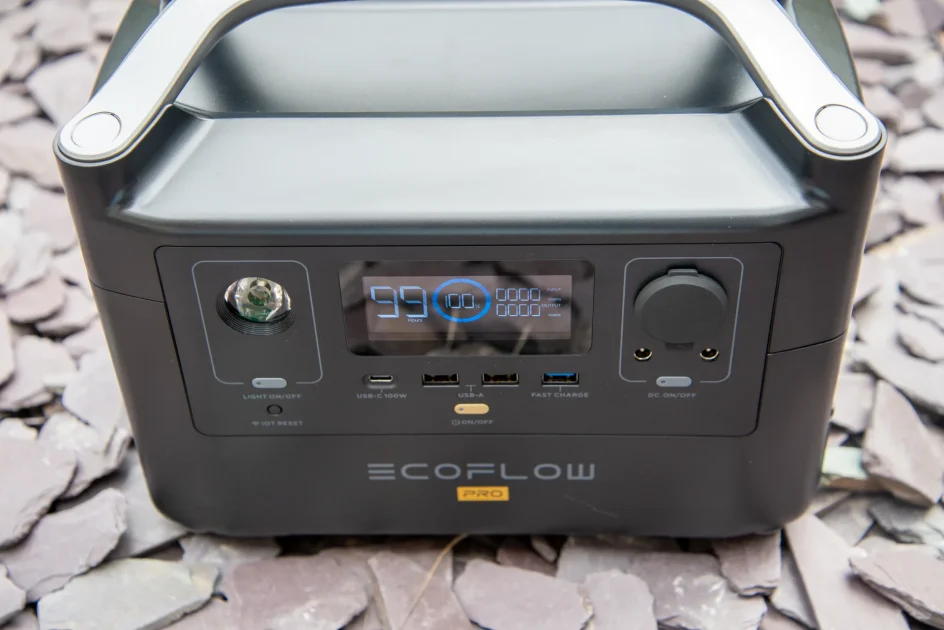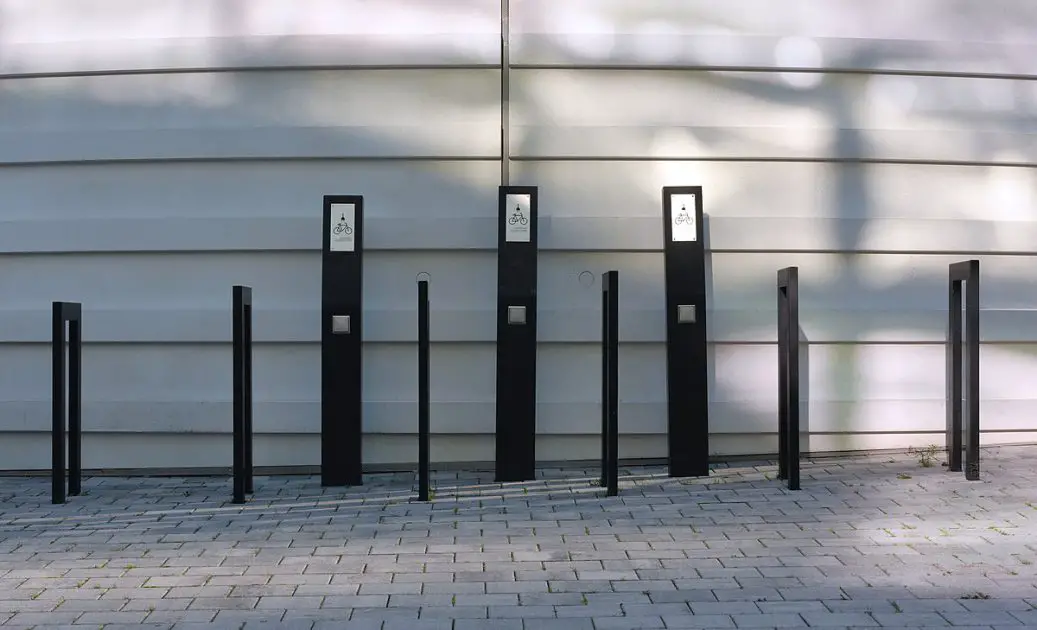Ebikes are becoming a favorite mode of transport among numerous commuters, making them valuable commodities. This may be attributed to their benefits, with convenience and improved physical health being a priority among users. But just like every electric-powered transport, they may occasionally run out of power when your charger is out of reach. Below, we tackle several ways to charge your ebike battery.
1. Use a Car Charger
Cars with a cigarette lighter socket will be your go-to when you need to charge your ebike battery. All you need is a battery charger with a suitable adapter. This method will, however, require you to regulate the flow of power due to the high voltage in car batteries. The light bulbs can help with this, acting as a resistor to protect your ebike battery. Connect the wiring to the car battery and the light bulbs, after which you can connect it to the ebike battery. Failure to do this could cause permanent damage to your battery due to too much power and overheating.
2. Use a Clip Charger
Clip chargers may not be an everyday accessory to have on hand, but they will also come in handy when your ebike charger is not within reach. To get the most out of this, first make sure that your battery is in good shape, with prior faulty connections and indentations likely to expose it to long-term damage. Once you have disconnected your ebike battery, place it onto the loading station. Next, connect the charger to your preferred power supply, allowing it to charge. Avoid touching the battery while it is charging, as this could result in electric shocks.
3. Utilize a Power Bank

A power bank is one of the most accessible items that you can use for charging your ebike battery. While the power bank typically uses a USB cable to charge devices such as phones and laptops, you will need a USB battery adapter for your ebike battery. This can be found in bike shops, with online retailers also selling them. Since numerous ebike batteries have an enormous capacity, your power bank will likely not charge it to full capacity, just enough to help you get to a convenient destination.
In addition to the above, electrical devices such as computers can also help charge your battery. Connect your USB cord to your battery and your preferred device. That said, this will only work where the battery and device are compatible, so remember to check the manufacturer’s instructions for the appropriate directions.
4. Get a Trickle Charger
A trickle charger may not seem like much, but it will be ideal for riders who need to boost their charging levels periodically. It will primarily be helpful if you are far from power outlets, giving you the required boost for occasional use. Since it delivers a slow charge to your battery, it is safe to use for extended periods, eliminating any fear of overcharging and overheating that could cause damage to your battery. But even with this, the trickle charger is not recommended for long-term use, with regular outlets ideal for effective power transmission.
5. Use a Generator

A generator will also be effective for charging an ebike battery, with most equipped with chargers that have generator adapters. To use it, connect your ebike battery to the charger and adapter connected to the generator. Turn on the generator and the charger to transmit power to your battery. Since this method utilizes a high-voltage source, keep a look out for the manufacturer’s instructions regarding the safety protocols for charging devices such as bike batteries. This prevents accidents from happening while keeping your battery in the best shape.
6. Use Wireless Induction Technology
Wireless induction will be suitable for ebike owners with a certain level of technical skill, with this method being one of the most convenient ways of avoiding electrical power outlets. This method utilizes electromagnetic induction, transferring the energy wirelessly to the ebike battery. Alternatively, an induction charger will also be helpful. Place the battery onto the charging surface. This charge will provide enough power to help you easily get to your destination.
7. Look For a Charging Station

Charging stations are becoming a norm in major cities, with vehicle operators expanding these services to cater to the growing demand of vehicle users. These stations can be found outdoors, with restaurants and bars being common areas for housing them. Numerous indoor dining places are also other locations to get charging stations, allowing you to get some needed rest before getting back on the road. However, most of these will charge a fee, with the majority being affordable.
8. Utilize Solar Panels
Solar panels will also be ideal when your charger is not close by. Panels with a built-in battery charger and charge controller will be perfect, along with solar panel adapters. Unlike other alternative charging forms, this method requires protective gear, as solar panels harvest and store enormous amounts of power that could be harmful on direct contact.
Use protective gear such as eye shields and gloves to prevent shocks from exposed wiring. If you have a large solar panel setup, you may need help, with an extra set of hands making it possible to adjust the position of your panels during charging.
Tips to Get a Long-Lasting Battery
An ebike battery is undoubtedly a vital part of ebikes, with good maintenance practices allowing you to get a durable bike in the long run. Below are some ways to help you achieve longevity for your battery.
Avoid Overcharging
Overcharging is the leading cause of damage to electronic devices, with ebike batteries not being an exception. Excess charging will likely cause your battery to overheat, damaging the battery cells. This will render it ineffective, requiring you to replace it. To avoid this, set a reminder of how long you need to plug in your charger based on the manufacturer’s instructions. Ensure that your disconnect after charging for a healthy battery for long-term use.
Use the Right Charger
Most ebike batteries are made from lithium-ion, requiring specific chargers to avoid damaging the battery system. Before charging your battery, ensure that the charger is configured to the right energy level, with most ebicycle providers utilizing a current of about 110 V for their chargers. Fortunately, devices will often come with an operation manual, with chargers having these instructions. Take note of the specified calibrations, with a quick call to your ebicycle manufacturers being ideal if you are concerned about the amperage units.
Remove the Battery Out of the Bike for Charging
While some ebikes can get charged while still attached to the bike, it is crucial to take it out occasionally. This will help you check if the connections are still operational. If you spot any loose wires or faulty parts, ensure that these are taken care of by a technician to prevent breakdowns during your travels.
A warranty can help with this, with numerous ebike manufacturers providing free consultations and checks for up to 2 years. You can also utilize an insurance agency for frequent checks, with ebike covers often providing the necessary compensation when damages arise. An insurance policy will also be ideal if your warranty is exhausted, keeping your out-of-pocket costs to a minimum.
Charge Your Battery Fully
If using your ebike for the first time, ensure it is fully charged. This helps the current flow through all the battery cells, allowing it to retain the charge for long hours. A full charge will ideally take up to 12 hours, giving your battery enough time to deplete the power over a longer time.
Charge Your Battery on Flat Surfaces
Preventing fall accidents will be essential in maintaining the health of your battery. With this in mind, always use flat surfaces to prevent your battery from falling and getting damaged. Additionally, your charging area should be clean, avoiding the accumulation of dust and debris on your battery that could lead to a poor-quality device.
Charge Your Battery Before Storing It
If you occasionally store your bike for long periods, ensure that your battery is fully charged or at least halfway full. This prevents the power from getting drained, which could lead to charging issues down the line.
If you need help charging your ebike battery, the above alternatives will come in handy when your charger is not within your reach. Remember that sticking to the manufacturer’s instructions will be vital when utilizing high-voltage power sources, helping you get a longer life span from your battery. With this in mind, consider trying out charging stations near you, using your car battery, power banks, and solar panels where available. Lastly, adhere to the above maintenance tips to get the most out of your ebike.
